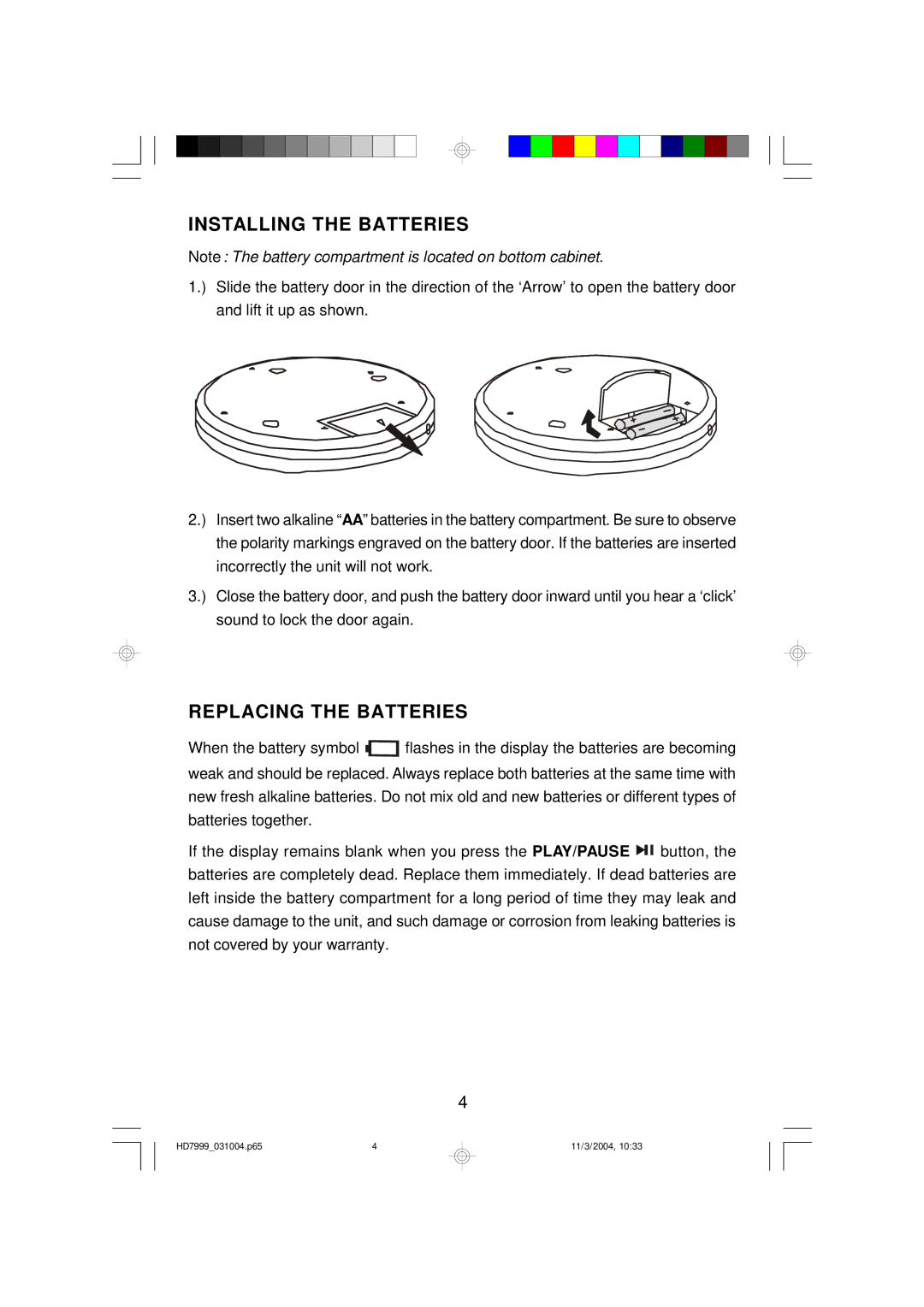HD7999 specifications
The Emerson HD7999 is a cutting-edge temperature and humidity data logger, designed for both commercial and industrial applications. It is renowned for its precision and reliability, making it an indispensable tool for environmental monitoring. This data logger is specifically built to provide real-time data, ensuring that users can maintain optimal conditions for sensitive materials, including pharmaceuticals, food products, and various industrial goods.One of the standout features of the Emerson HD7999 is its high-accuracy sensors. The device is equipped with advanced humidity and temperature sensors that deliver precise readings, typically within a margin of ±0.5% RH for humidity and ±0.3°C for temperature. This high level of accuracy allows users to make informed decisions based on reliable data.
The HD7999 also boasts an impressive memory capacity, capable of storing up to 16,000 data points. This extensive data storage ensures that users can monitor conditions over extended periods without sacrificing data integrity. The device is designed for continuous monitoring, and its long battery life ensures that it can operate for extended durations, even in challenging environments.
Moreover, the Emerson HD7999 is equipped with wireless connectivity options, allowing for seamless integration into existing monitoring systems. This feature enables users to access real-time data remotely, significantly enhancing convenience and efficiency. The data logger is compatible with popular cloud platforms, providing easy data management and analysis. Users can receive instant alerts and notifications during any deviation from preset conditions, allowing for immediate corrective actions.
Additional technological highlights include a user-friendly interface that simplifies setup and operation. The device supports multiple languages, making it accessible to a broader range of users. For added flexibility, the HD7999 can be integrated with other Emerson monitoring solutions, creating a comprehensive environmental management system.
In terms of physical characteristics, the Emerson HD7999 is built to withstand demanding environments. It features a rugged design, ensuring durability and resistance to external factors that could compromise data integrity. The waterproof and dustproof housing makes it suitable for use in various industrial settings.
In summary, the Emerson HD7999 is a powerful and versatile temperature and humidity data logger. With its high-accuracy sensors, extensive memory, wireless connectivity, and rugged construction, it stands out as an essential tool for any organization that prioritizes precision monitoring and data integrity. Its advanced technology and features make it an ideal choice for a wide range of applications, ensuring optimal environmental conditions for sensitive materials.

